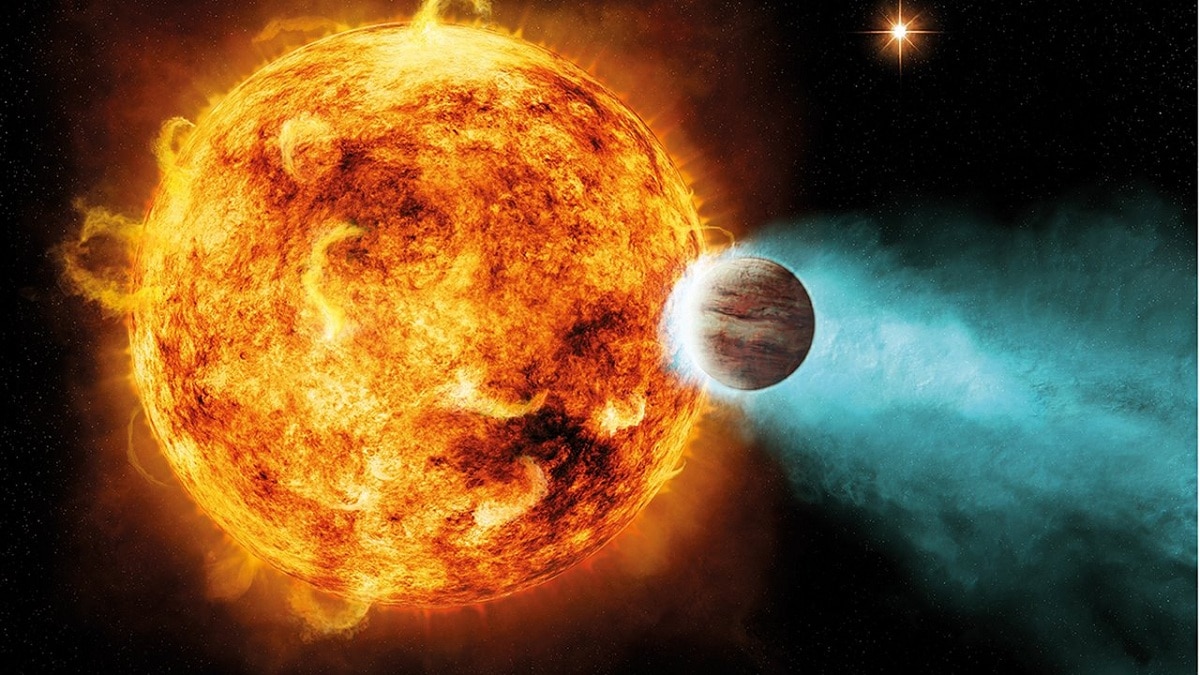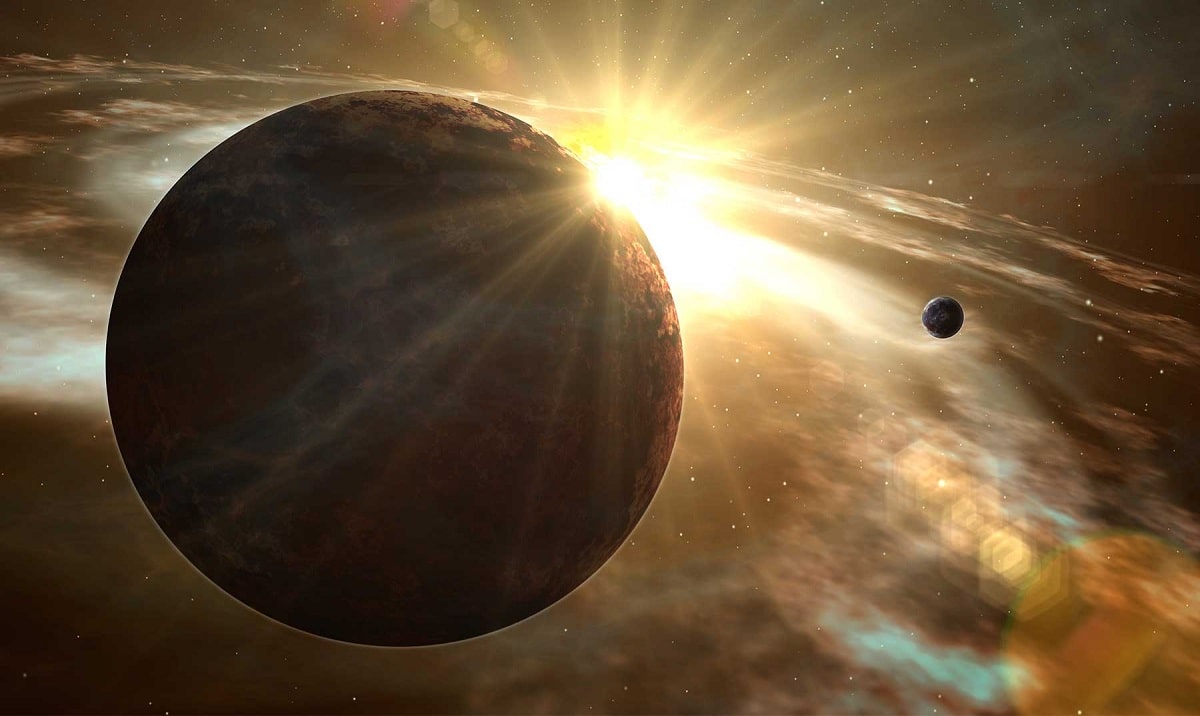
When we analyze all the planets of the solar system we see that there are both inner planets as Outer planets. However, there are different space missions that are dedicated to searching for planets outside the solar system. The planets that are discovered beyond the limits of the zone of our sun are known as exoplanets.
In this article we are going to tell you everything you need to know about exoplanets and what methods are used to discover them.
What are exoplanets

There are numerous projects attempting to search for exoplanets beyond the solar system. This term refers to planets that are located beyond the solar system, although there is no official definition that meets specific characteristics. More than a decade ago the International Astronomical Union (IAU, in English) has made some distinctions to be able to define the terms of planet and dwarf planet well. When establishing these new definitions Pluto was no longer officially considered a planet and was described as a dwarf planet.
Both concepts refer to celestial bodies that orbit the sun. The common characteristic that encompasses them is that they have enough mass so that their own gravity can overcome the forces of the rigid body so that they can acquire a hydrostatic equilibrium. However, as we have mentioned before, the same does not happen with the definition of exoplanets. There is no consensus to date on characteristics in common with the planets that are discovered beyond the solar system.
For ease of use, it refers to exoplanets as to all planets outside the solar system. That is, also they are known by the name of extrasolar planets.
Key features

Since a consensus has to be established in order to define, gather and classify these planets, common characteristics need to be established. In this way, the IAU collected three characteristics that exoplanets should have. Let's see what these three characteristics are:
- They will be an object with a true mass below the limiting mass for deuterium nuclear fusion.
- Rotate around a star or stellar remnant.
- Present a mass and / or size greater than that used as a limit for a planet in the solar system.
As expected, comparative characteristics are established between the planets that are outside and inside the solar system. We must look for similar characteristics since all planets usually orbit a central star. In this way, "solar systems" are created simultaneously to generate what we know as the galaxy. If we look in the dictionary of the Spanish royal academy we see that the term exoplanet is not included.
The first exoplanet was discovered more than a quarter of a century ago. And it is that in the year 1992 several astronomers discovered a series of planets that revolve around a star known by the name of Lich. This star is quite special in that it emits radiation at very short irregular intervals.. You could say that this star functioned as if it were a beacon.
Several years after this, two scientific teams found the first exoplanet to revolve around a star quite similar to the sun. This finding was quite important for the world of astronomy, since it showed that planets existed beyond the borders of our solar system. In addition, the existence of planets that could orbit stars similar to ours was corroborated. That is, other solar systems may exist.
From then on, with the improvement of technology, the cie communityntifica has been able to detect thousands of exoplanets in different missions in search of new planets. The best known is the Kepler telescope.
Methods to search for exoplanets

Since these exoplanets cannot be discovered physically, there are different techniques to discover those planets that exist beyond the solar system. Let's see what the different methods are:
- Transit method: it is one of the most important techniques today. The goal of this method is to measure the brightness coming from a star. The passage of an exoplanet between the star king and the earth so that the luminosity that reaches us will decrease periodically. We can indirectly infer that there is an extrasolar planet in that region. This methodology has been very successful and is the one that has been used the most in recent years.
- Astrometry: it is one of the branches of astronomy. It will be more in charge of analyzing the position and the proper movement of the stars. Thanks to all the studies by astrometry, it is possible to detect exoplanets by trying to measure a small disturbance that the stars exert on the orbiting stars. However, to date no extrasolar planet has been found using astrometry.
- Radial velocity tracking: it is a technique that measures how fast the star will move in the small orbit that is generated by the attraction of the exoplanet. This star will move toward and away from us until it completes its own orbit. We can calculate the speed of the star side of the line of sight if we have an observer from the ground. This speed is known by the name of radial speed. All these small variations in velocities cause changes in the stargazing spectrum. That is, if we track the radial velocity we can detect new exoplanets.
- Pulsars chronometry: the first extrasolar planets revolved around a pulsar. This pulsar is known as the starlight. They emit radiation at irregular short intervals as if it were a lighthouse. If an exoplanet revolves around a star that has these characteristics, the beam of light that reaches our planet can be affected. These characteristics can serve us as a view to know the existence of a new exoplanet that will be rotating around the pulsar.
I hope that with this information you can learn more about exoplanets and how they are discovered.